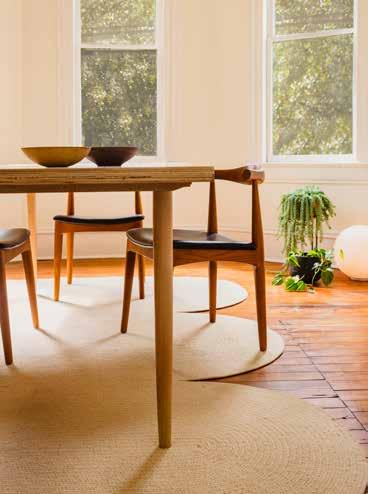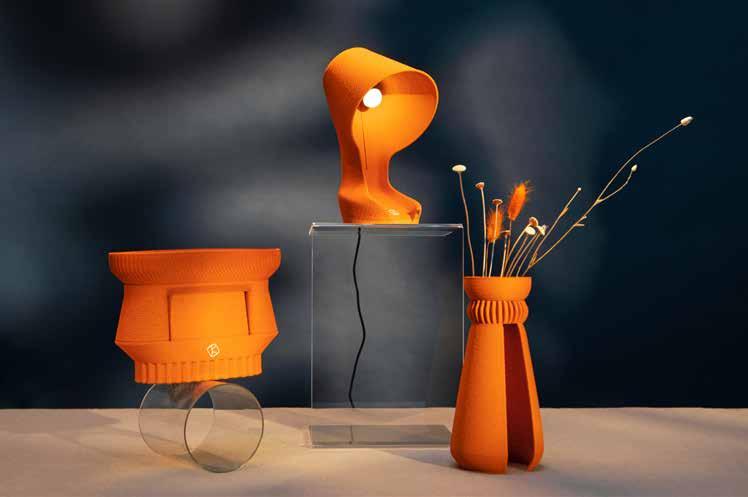
3 minute read
OHLALA Homes
by Fact ME
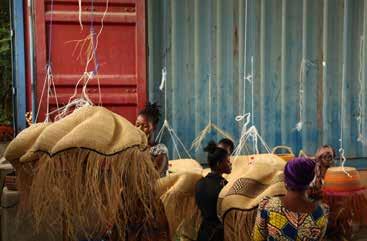
Tech solutions are also becoming popular with domotic homes, also known as smart homes, that help with energy efficiency by remotely controlling lights, heating, shutters and air conditioning systems. Automating a home aims to keep the house cooler or warmer, depending on the season, at a minimum cost, benefiting the environment. There is also something a bit more challenging to sustain in the Middle East due to the harsh climate, but green roofs are pretty trendy in big cities. Apart from being a beautiful landscaping decoration, they are primarily a super-efficient insulation to a home, preventing energy loss. They also increase oxygen levels and protect a roof from the continuous attacks of wind, rain and ultraviolet light, helping your rooftop to last longer.
Eco-friendly ideas can also be found in interior design, and there are some projects worth highlighting:
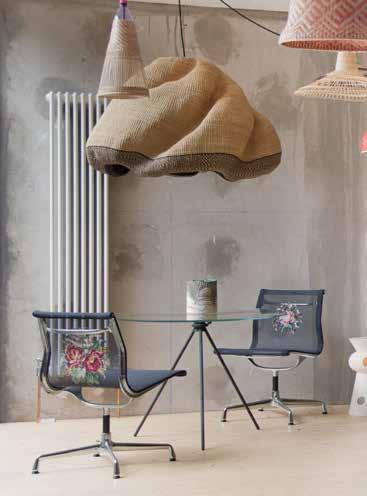
Pet Lamp
In the summer of 2011, the Spanish designer Álvaro Catalán de Ocón was invited by psychologist and conservationist Hélène Le Drogou to be part of an interesting project focusing on the reuse of PET plastic bottles and to give his point of view as an industrial designer. The PET bottle was chosen for its very short life span compared to the time it takes to decompose and even the incredible amount of energy necessary to produce and recyle it. With this in mind, the PET Lamp project was born. The initiative combines plastic PET bottles with basket-weaving traditions found in many communities around the globe. The neck of the PET bottle is used as the top part of the lamp (to pass the electrical components), and its body is cut into strings that are then weaved with natural material. In 2020 they launched the PET Lamp Bolgatanga collection in collaboration with the weavers of Ghana’s Baba Tree Basket Company. The Bolgatanga collection has become one of the brand’s best-sellers. Since PET Lamp’s launch in 2012, they have taken the project all over the globe, working with communities and artisans to build eight unique collections.
Krill Design
Another interesting project is developed by Krill Design, an Italian design studio specialised in developing home products within a 100% circular and sustainable process. It was created in 2018 by Ivan Calimani, Martina Lamperti and Yack di Maio, who share a passion for innovation, sustainability and design.
The three founders decided to experiment with innovative materials, which, combined with the 3D printing method, gave life to a successful and environmentally friendly production process. They have created an ingenious material called Rekrill, which is 100% biodegradable and made with by-products of the food chain. They use different types of homogeneous organic waste, such as peels, shells, seeds and coffee grounds. The final objects are lamps, fruit bowls, vases, organisers and more. Ohmie, the orange lamp is manufactured with the peels of Sicilian oranges transformed into a 100% natural and compostable biomaterial. This product is an example of a 100% circular item, with a short supply chain and entirely Made in Italy. Each Ohmie is made from the peel of two to three oranges and saves one kilo of CO2. The table lamp is equipped with a light bulb, has a USB connection and the intensity of the light is adjustable.
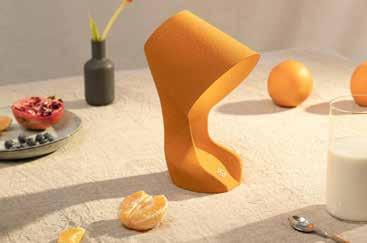
Cicil
You can never have enough rugs and CICIL is a women-owned and sustainable rug brand based in North Carolina in the United States that offers an eco-friendly solution in this field. As textile-savvy and students of sustainability, founders Caroline Cockerham and Laura Tripp built a way to make home textiles outside of the usual carbon-intensive production for these types of décor. Their braided carpets are made with natural and renewable materials (no synthetic or petro-chemical based fibres, including polyester) with a sustainable supply chain to make their products traceable.
They source and manufacture in small batches, close to home, from traceable and responsible origins. They work directly with farmers and co-ops to assemble their naturally coloured, undyed wool. Renewable fibres, like wool, have inherent performance characteristics ranging from microbial resistance to durability, breathability, softness and more. CICIL’s wool comes from Romney, Wensleydale and Cotswold sheep, and they utilise all of their natural colours, ranging from white to blond, grey, brown and black. Using dark colours of raw wool is unconventional because they can’t be dyed, limiting their commercial applications (hence the term ‘black sheep’). By using the whole colour range, they are able to divert fibre from the waste stream. The result is a long, durable and soft fibre that takes on shades of grey when blended. CICIL’s pieces are made to order, and they ship rugs out within three to six weeks.
For more homes inspiration, connect with @waterfilledglass, @petlamp, @krilldesignmilano and @cicil.home
